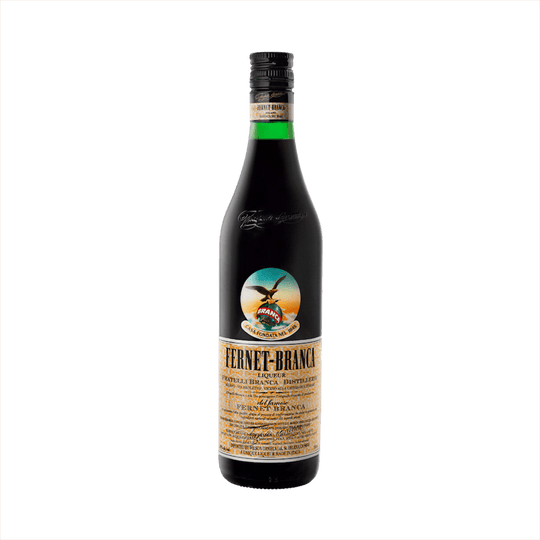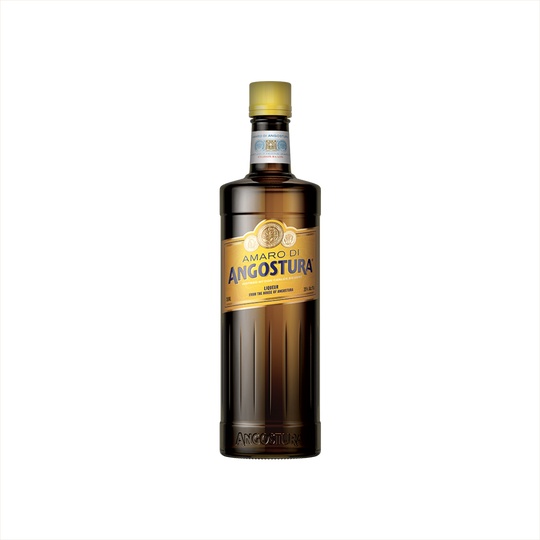Amari & Aperitifs
Ready to level up your cocktails? Enjoy all that bitter has to offer with Curiada's wonderful amaro selection.
Amaro means bitter. Literally! It means bitter in Italian. And, for many of us, bitter, one of the five basic tastes, is not appealing on its surface. But, if I've learned anything from my coffee habit, bitter can be a delight, in and of itself, and the perfect complement to sweet to make wonderful concoctions, cocktail or otherwise. Explore what bitter can bring to your cocktails with Curiada's selection of amari.
What is amaro?
Amaro is a bitter Italian herbal liqueur, usually containing 20-35% ABV. The name means "bitter" in Italian. It dates back centuries as a digestive aid, with each brand featuring its own blend of botanicals, roots, and spices.
Traditional amari offer a complex medley of bitter flavours, followed by nutty, earthy sweetness. They are classified as bitters but often approach sweet vermouth in profile. Popular brands include Averna, Ramazzotti, and Fernet-Branca.
What are the different types of amaro?
There are several distinct styles of amaro defined by their flavor profiles and ingredients:
-
Alpine - Bright, floral, and herbaceous like Gran Classico, Braulio, and Ramazzotti.
- Fruit - Featuring notes of citrus and stone fruits like Averna, Lucano and Meletti.
- Spiced - Led by cinnamon, clove and anise flavors as in Nonino Quintessentia, Vecchio Amaro del Capo.
- Roasted Nutty - With prominent walnut and cocoa notes like Cynar and Amaro Montenegro.
-
Minty Herbal - Driven by menthol, saline and bitter roots like Fernet-Branca, Branca Menta.
How is amaro made?
Each brand closely guards their secret recipe, but production follows a similar process:
Neutral spirit is distilled from fermented grain or grapes. Various herbs, roots, peels, flowers, nuts and spices are macerated in the spirit to extract flavors and aroma compounds.
Common botanicals include gentian, rhubarb, chamomile, saffron, ginger, quinine, star anise, peppermint, myrrh, bitter orange peel and cinnamon. The ingredients macerate in neutral spirit for weeks to extract maximum flavor. The infused spirit gets combined with caramel coloring, sugar syrup and often grape spirit or wine before dilution with water to bottling strength of 20-35% ABV. Finally it is aged in steel or oak barrels for additional smoothing and maturation.
How should I drink amaro?
Amari shine when consumed neat at room temperature or over ice as an after dinner digestif. Savoring slowly allows their layers to unfold. The bitterness stimulates digestion while the sweetness provides balance.
In cocktails, amaro's herbal complexity enhances whiskey or gin. Only a small amount is needed in the recipe to provide intrigue. Sweeter fruit-forward amari also work well in place of vermouth in classics like the Negroni or Manhattan.
How does amaro taste, smell and look?
When served at room temperature, aromas of anise, licorice, mint, herbs, nuts and caramel rise from the glass. The first sip leads with strong bitterness that fades into aromatics of flowers, fruits, then lingering earthy sweetness.
Texture is light to medium viscosity. Most amari add caramel for a rich amber to chocolate brown color. But traditional mountain styles remain clear. As with any spirit, tasting amaro slowly allows its evolving layers to emerge. Bitterness stimulates saliva to awaken tastebuds for the sweet, complex midpalate and finish.
How do I mix amaro into amazing cocktails?
Explore our favorite amaro cocktail recipes.
Amaro's herbal bitterness enhances so many classic cocktails. Here are tips for using it:
-
Swap amaro for vermouth in spirit-forward cocktails like Negronis or Manhattans.
- Use alongside herbal liqueurs; amaro loves chartreuse, Benedictine, Genepy.
- Pair fruity amaro with berry and citrus flavors.
- Stir spiced amaro into autumnal bourbon cocktails featuring apple, maple, pumpkin.
- Add Angostura bitters on top of amaro for added depth.
-
Layer amaro and tawny port for an Italian twist on La Dominicana.
What is the history of amaro?
Monks and apothecaries across Italy and France developed digestive liqueurs made from local alpine herbs as early as the 11th century. Each monastery secretly guarded their recipe.
These early digestifs were lower in alcohol and straight bitter medicinal infusions taken by the spoonful. The first commercial aromatized wine-based amari emerged in the 1800s. Northern Italian brands like Fernet-Branca, Braulio and Cynar led the way alongside southern styles including Averna and Amaro Lucano. Many popular brands we enjoy today launched in the mid 1800s.
Post-war aperitif culture in the 1960s took advantage of amari's bitterness. Cocktails like the Negroni and Americano rose to prominence and gave amaro a starring role, which still shines brightly today.
Why shop Curiada's selection of amaro?
We focus on sourcing the very best classic Italian brands alongside creative contemporary amari from Italy and beyond. We highlight how unique botanical blends impart specific aromas that invite exploration. You'll discover renowned bottles like Nonino Quintessentia alongside unique, micro-production amari that bring something truly unforgetable to cocktails.
Dive into the wonderful world of amaro with Curiada delivery to your door in 1-7 days.
$41.99
$35.99
$35.99
$33.99
$27.99
$32.99
$33.99
$66.99
$28.99
$54.99
$33.99
$26.99
$32.99
Gift message (optional)






















